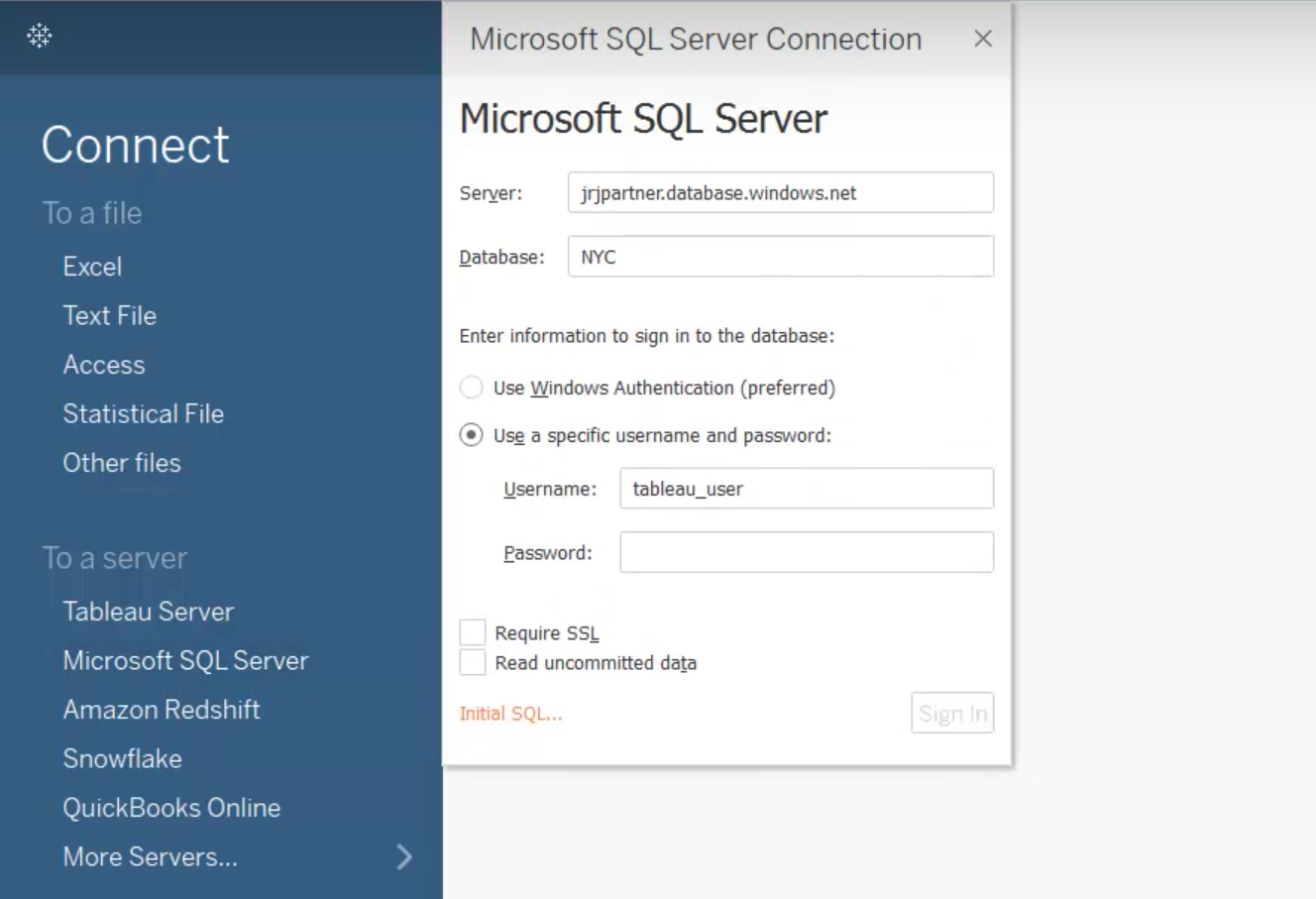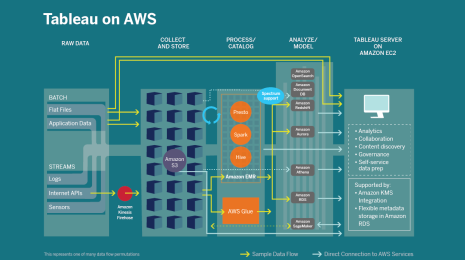Microsoft Azure SQL Data Warehouse: The Tableau experience

As we mentioned in our recently-published Cloud Data Brief, data gravity is shifting to the cloud, and with that, the options for managing and analyzing your data are growing as well. The latest one, just announced as generally available earlier today, is Microsoft’s Azure SQL Data Warehouse.
For those customers running their applications and managing their data in Azure, we’d recommend taking a look at Azure SQL Data Warehouse as it’s a massively-parallel processing, high-performance version built for analytics use cases.
You can connect Azure SQL Data Warehouse to Tableau through our existing SQL Server connector. But aside from Azure SQL Data Warehouse being a fully-managed cloud service, there are some other unique features here beyond SQL Server:
- MPP architecture: MPP stands for massively-parallel processing and is the database design preferred for many high-performance analytic database such as Vertica, Greenplum and Teradata
- Ability to scale compute and performance independently: Microsoft calls these Data Warehouse Units, or DWUs, and has a scale that’s linear in performance and costs from 100 DWUs to 2,000 DWUs
- Ability to pause compute and pay only for storage when not in use
Here is a demo of Tableau against Azure SQL Data Warehouse. We’re exploring New York City taxi-trip data from 2014, analyzing hundreds of millions of individual trips. For this demo, we had Azure SQL Data Warehouse set to 600 DWUs—in the lower mid-range of the performance band.
Look cool? Give SQL Azure Data Warehouse a try, and let us know what you think. And if you are running your infrastructure and applications in Azure today, remember that Tableau Server is certified to run in Azure so you can have your entire BI and analytics platform running seamlessly in the Azure cloud.
관련 스토리
Subscribe to our blog
받은 편지함에서 최신 Tableau 업데이트를 받으십시오.









